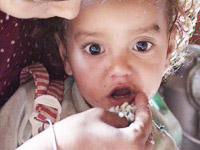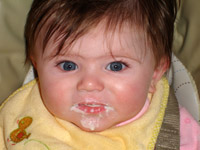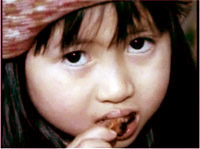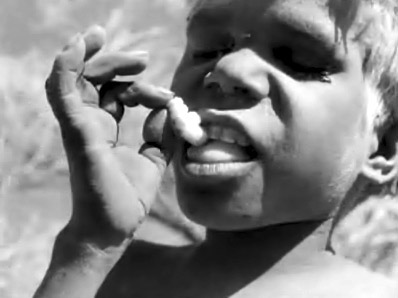|
Anthropology in the News
|
|
||||||||||||||||||||||||||||||||||
 "Palermo,Sicily Italy |
 A Fistfull of Rice Nepal |
 Claire Kathleen Roufs U.S.A. |
 "Eating Rat At The New Year" Vietnam National Geographic |
 Desert People Australia |
In the News . . .
|
In the News . . . The Scout Report, October 16, 2009 | Volume 15, Number 41 Chicago hot-dog stand controversy continues as activists get involved in the debate
Slaw and Order: Hot-Dog Stand in Chicago Triggers a Frank Debate Burger Billionaires and Felony Franks A tempest in a seeded bun has been brewing in Chicago's West Side for the past few months, and the fray now includes a Catholic priest, hot-dog fans, and a local alderman. The controversy is regarding "Felony Franks", a compact hot-dog stand run by one James Andrews. Mr. Andrews believes that people deserve a second chance and that providing felons with stable jobs is a way to prevent homelessness. Andrews is known in Chicagoland for employing ex-convicts at his primary business, which is a paper goods supply company. His new venture, Felony Franks, features items like the Misdemeanor Weiner and the Chain Gang Chili Dog, and it also employs persons with a criminal record. It's also worth mentioning that the stand's slogan is, "Food so good it's criminal." While some neighborhood residents are glad to see any new business open up in the somewhat distressed community, others see the stand's image as patently offensive and at a community meeting, activist and Catholic priest Rev. Michael Pfleger referred to Andrews as "a pimp". But not everyone agrees with Father Pfleger, as former felon and Felony Franks employee Kevin Jones commented, "Working here allows me to provide for myself and my family." Andrews remains steadfast in his business operations, and he has mentioned that he has already received over 1000 job applications from former felons. [KMG]
|
|
VIDEO
|
From The Scout Report Ten years after Dolly, cloning livestock continues US biotech firms launch tracking system for cloned livestock Cloned Cows' Milk, Beef Up to Standard
|
|
|
||||||||||||||||||
| Other: check Canvas |
Exams: Midterm |
Project |
Discussions |
|---|
 Page URL: http:// www.d.umn.edu /cla/faculty/troufs/reference/food.html Site Information |
||
View Stats |
|